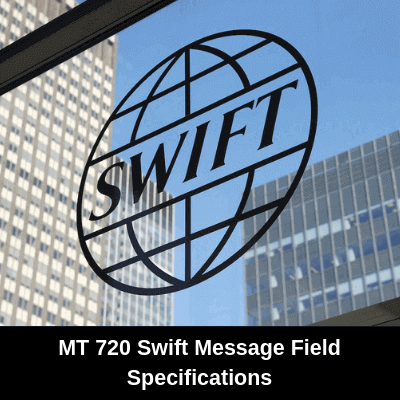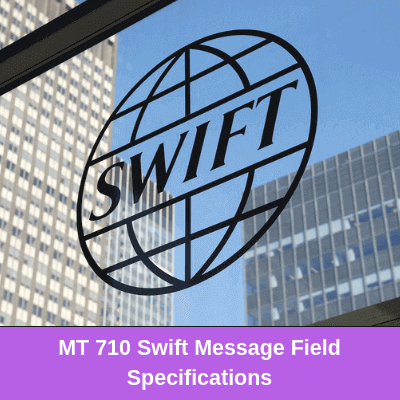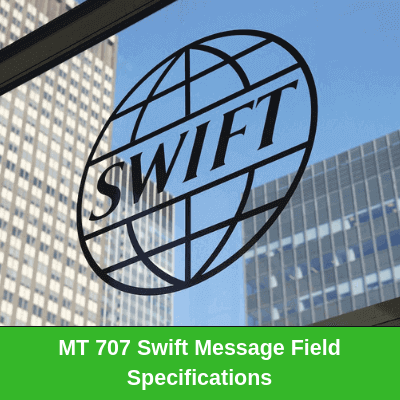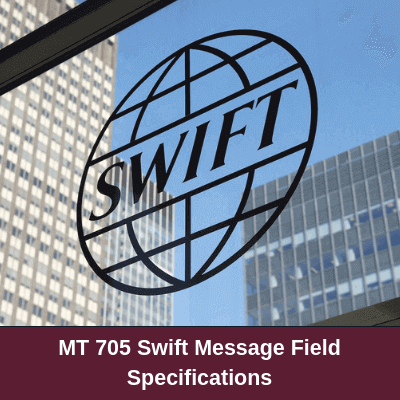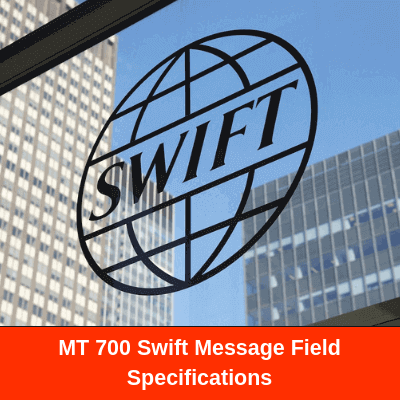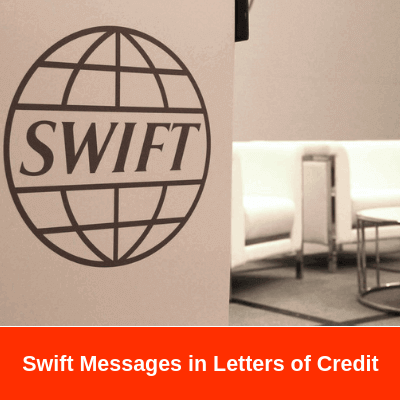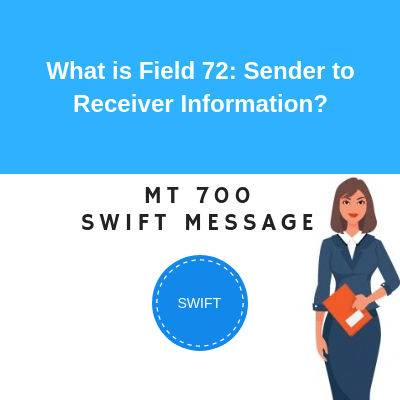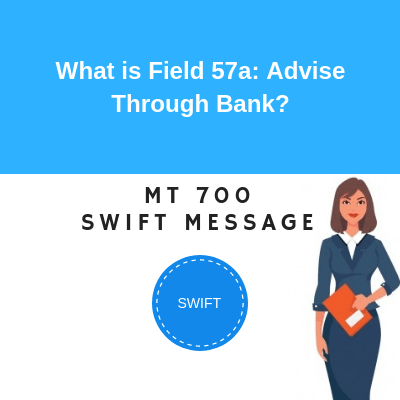Swift is a provider of secure message platform for financial institutions mainly for banks.
Swift messages are being sent and received by banks in encrypted forms. As a result swift messages are accepted as a valid and reliable way of communication between banks.
For example, an issuing bank sends a swift message to an advising bank in order to inform issuance of a documentary credit. Similarly the advising bank sends its acknowledgement via a swift message.
Swift messages play a key role not only in letters of credit but also other payment methods in international trade such as cash in advance payment, documentary collections, open accounts and bank payment obligations.
What is MT 720 Transfer of a Documentary Credit?
MT 720 is a special swift message type that is used with transferable letters of credit only.
MT 720 swift message is used by the transferring bank to advise the transfer of the documentary credit, to the bank advising credit to the second beneficiary.
It is used to advise the second beneficiary about the terms and conditions of the transferred documentary credit, or part thereof.
On below table you can find explanations regarding the fields used under MT 720 swift messages.
You can also reach individual pages of each field by clicking the corresponding links.
MT 720 Transfer of a Documentary Credit
| Status | Tag | Field Name |
|---|---|---|
| M | 27 | Sequence of Total |
| M | 40B | Form of Documentary Credit |
| M | 20 | Transferring Bank's Reference |
| M | 21 | Documentary Credit Number |
| O | 31C | Date of Issue |
| M | 40E | Applicable Rules |
| M | 31D | Date and Place of Expiry |
| O | 52a | Issuing Bank of the Original Documentary Credit |
| O | 50B | Non-Bank Issuer of the Original Documentary Credit |
| O | 51a | Applicant Bank |
| M | 50 | First Beneficiary |
| M | 59 | Second Beneficiary |
| M | 32B | Currency Code, Amount |
| O | 39A | Percentage Credit Amount Tolerance |
| O | 39B | Maximum Credit Amount |
| O | 39C | Additional Amounts Covered |
| M | 41a | Available With ... By ... |
| O | 42C | Drafts at ... |
| O | 42a | Drawee |
| O | 42M | Mixed Payment Details |
| O | 42P | Deferred Payment Details |
| O | 43P | Partial Shipments |
| O | 43T | Transshipment |
| O | 44A | Place of Taking in Charge/Dispatch from .../ Place of Receipt |
| O | 44E | Port of Loading/Airport of Departure |
| O | 44F | Port of Discharge/Airport of Destination |
| O | 44B | Place of Final Destination/For Transportation to.../ Place of Delivery |
| O | 44C | Latest Date of Shipment |
| O | 44D | Shipment Period |
| O | 45A | Description of Goods and/or Services |
| O | 46A | Documents Required |
| O | 47A | Additional Conditions |
| O | 71B | Charges |
| O | 48 | Period for Presentation |
| M | 49 | Confirmation Instructions |
| O | 78 | Instructions to the Paying/Accepting/Negotiating Bank |
| O | 57a | 'Advise Through' Bank |
| O | 72 | Sender to Receiver Information |
| O : Optinal M : Mandatory |
MT 720 Transfer of a Documentary Credit Rules
- When the documentary credit message exceeds the maximum input message length, additional documentary credit information should be transmitted via one or more MT 721s.
- Unless otherwise specified, a documentary credit advised to the beneficiary or another advising bank based on a SWIFT message constitutes an operative credit instrument.
- For freely negotiable documentary credits, the Receiver must add sentences to the effect that:
- The advice to the beneficiary must be presented at each negotiation.
- The negotiating bank must note each negotiation on that advice.
- To avoid misunderstandings, where possible, banks are to use Bank Identifier Codes rather than expressions such as ourselves ,yourselves ,us, or you.
- If this message is used to transfer a non-bank issued documentary credit, field 50B must be present.
- The transferring bank must transfer the documentary credit, including all its details, in a way that is clear and unambiguous to the beneficiary.
MT 720 Network Validated Rules
- C1 Either field 39A or 39B, but not both, may be present
- C2 When used, fields 42C and 42a must both be present
- C3 Either fields 42C and 42a together, or field 42M alone, or field 42P alone may be present. No other combination of these fields is allowed.
- C4 Either field 44C or 44D, but not both, may be present
- C5 Either field 52a “Issuing Bank” or field 50B “Non-Bank Issuer”, but not both, must be present.
